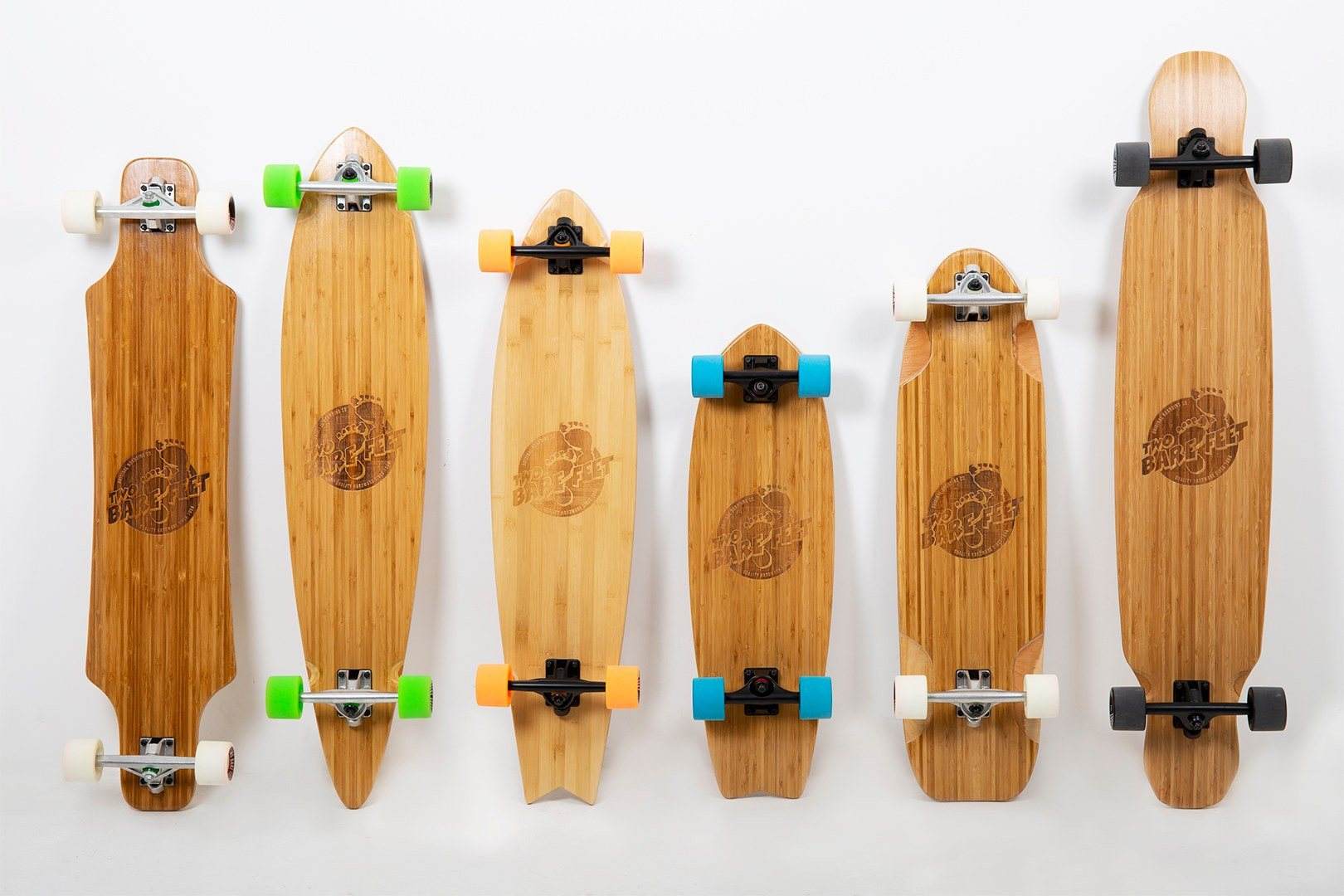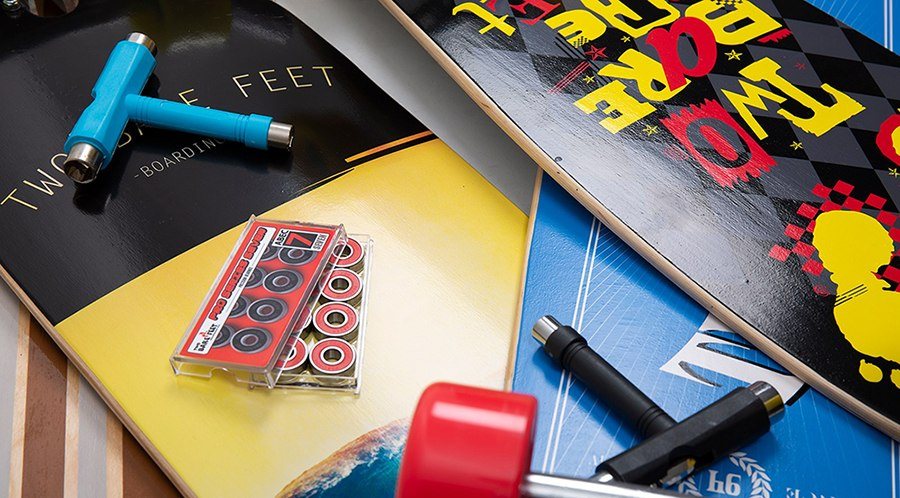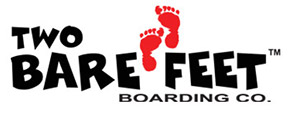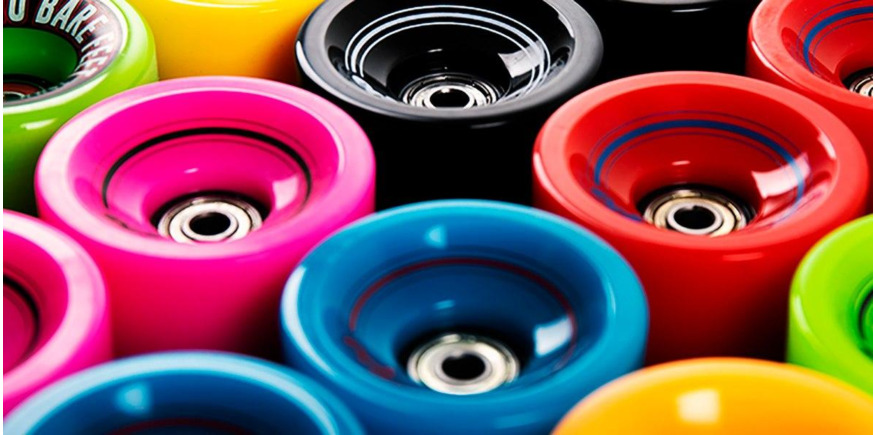Every element of your longboard is important to your overall setup and how it rides. But some parts will ultimately have a greater effect on performance than others, and your longboard wheels are definitely one of them.
Being the only point of contact between rider and road, your choice of wheels will have an impact on acceleration, speed, handling, sliding and durability, all of which will influence your riding style. That’s why it’s important to understand the different types of wheels and what different sizes, shapes and levels of hardness can do for you. If you’re a beginner, bear with us - there’s a lot more to longboard wheels than you might think…
Longboard wheel sizes explained

Skateboard wheels are always measured by their diameter first. More often than not, a set of longboard wheels will have a measurement printed along with any branding on the outside edge of the wheel - this measurement will be the diameter.
Typically, longboard wheels range in size from around 65mm up to about 100mm, whereas a set on a regular double kick skateboard averages at around 50mm. This is because the larger the wheel, the faster the ride will be.

A larger set of wheels will also provide a much smoother ride thanks to their ability to absorb shock when skating over cracks, bumps and any other imperfections on the road.
As wheels get larger however, they can cause slight issues such as wheel bite. Wheel bite is when your wheel makes contact with the underside of the deck when leaning over in a hard turn. To avoid this, quality decks come with wheel cut-outs on the underside to allow more space for aggressive turns.
In order to combat this issue, many Two Bare Feet longboards that could be prone to wheel bite come with wheel cut outs. This is also the reason that all of our complete longboards come with 70mm Sessions longboard wheels. This size offers a good balance between top speed and acceleration without the compromise of being large enough to cause any issues.
Wheel contact patch
The contact patch is exactly what it sounds like: the area of the wheel that is in contact with the tarmac. This is essentially determined by the width of wheel, so the wider it is, the larger the contact patch, and therefore the more stability you’ll have. This is because a larger patch decreases the rolling resistance, making the wheels move a little slower but smoother. Whilst a smaller contact patch area will create more rolling resistance causing the wheels to go faster, they will offer less control.
Our Sessions longboard wheels (which come on all of our complete longboards) are 51mm wide, putting them in the middle of the scale. This means you get a good all-around wheel: not too fast, not too slow, with a good amount of control and the capability to slide.
Longboard wheel hardness/durometer
Durometer is the technical scale on which the hardness of an object or material is measured, which applies to your longboard wheels. Most modern wheels are made from polyurethane, which is a chemical plastic designed to facilitate a wide range of hardness and bounce.
Durometer can be measured in two scales: either A or B. These scales will be combined with a number which communicates the thickness of the wheel, with lower numbers indicating a softer wheel and a higher number indicating a harder wheel. Most longboard wheels tend to be measured via the A scale, as A is used to measure softer wheels than B.

In general, softer wheels are the most effective option for beginners to longboarding as they give greater grip, and in turn, a smoother ride and better handling. On the other hand, a harder wheel has less grip but will accelerate faster, and allow you to slide your board much more easily.
We’d recommend that anyone who is new to longboarding looks for wheels with a durometer rating in the 73A – 80A range. For example, our bamboo longboard range comes complete with 78A rated wheels, which offer great grip but, as they are slightly up the scale, they won’t be grippy enough to stop you from learning to slide your board.
Longboard wheel shape/lip profile
Another element which can affect the grip of your longboard is the shape of your wheel - or more specifically the lip profile. There are three different lip profiles available, which determine the handling and sliding capabilities of your board.
Square edged wheels are a popular choice as they generally offer the most grip. They will be more stable through high speed turns, thanks to the square edge being able to really press into the tarmac. This means they aren’t ideal for sliding, but are great for cruising at high speeds.
Bevelled edge wheels provide a nice medium between the square and round. They work excellently for riders who like to do a bit of downhill racing, because they still provide grip but when you want to slide to control your speed, you can still get the board sideways.
Round edged wheels are also very popular thanks to their ability to build speed quickly and slide really well. It’s the rounded edge that offers less grip and the capability for your board to go sideways.
This is why Two Bare Feet longboards all come complete with round edge wheels. We’ve chosen a combination of a soft wheel to provide great grip, and a rounded edge to offer the best of both worlds to new riders. Feel confident bombing around corners but know that if you want to, you can slide the tail out.

Longboard wheel core
Centre-set core
As the name suggests, centre-set cores are placed at the direct centre of the wheel so that the width between the core and the edge of the wheel is the same on each side.
One of the main advantages of the centre-set is the ability to be able to flip the wheel should the outside edge start to cone or wear down more. They also wear down slower than other options as you weight is spread evenly across the width of the wheel.
Backset core
Backset cores are aligned with the inner lip of the wheel and produce the least amount of grip. This makes them the best for sliding as it requires little force to get them going sideways, however the lack of grip makes it harder to control a slide and offers less control when turning in general. It also means the inner lip will wear faster than the outer lip and unlike centre cores, you cannot flip these wheels. However, despite their drawbacks a backset core can be a lot of fun and create a different feel to your ride.
Offset core
Offset cores are placed somewhere between centreset and backset and offer the best of both worlds. These are used by a lot of downhill and freeriders because they offer a more forgiving slide initiation while still providing a good amount of grip. Again, their lack of symmetry means you can’t flip them to even out the wear.

Longboard bearings
You won’t often find a section about bearings in a longboard wheels guide, but unlike most skate stores, we provide all of our wheels with ready-fitted bearings.
Bearings are housed inside your wheel core and are what allow your wheels to spin in place. Their design and quality will affect how fast they spin. To determine their quality and speed, we refer to something called an ABEC rating. Simply put, the higher the number, the faster and longer your wheels will spin, therefore allowing you ride faster downhill or push less on flat surfaces.
The ABEC rating scale goes through 1,3,5,7 and 9. Most Two Bare Feet skateboards and skateboard wheels are fitted with ABEC 5 or ABEC 7 bearings to give you quality and control if you are new to skating.
As you can tell, there are a wealth of options out there for just one part of your overall setup which is why , we’ve done our best to provide quality for parts for new and intermediate skaters without overwhelming you with decisions to make.
If you need any further advice on purchasing new wheels, a complete skateboard or any other skate parts, feel free to get in touch with us directly, or via any of our social media channels.




